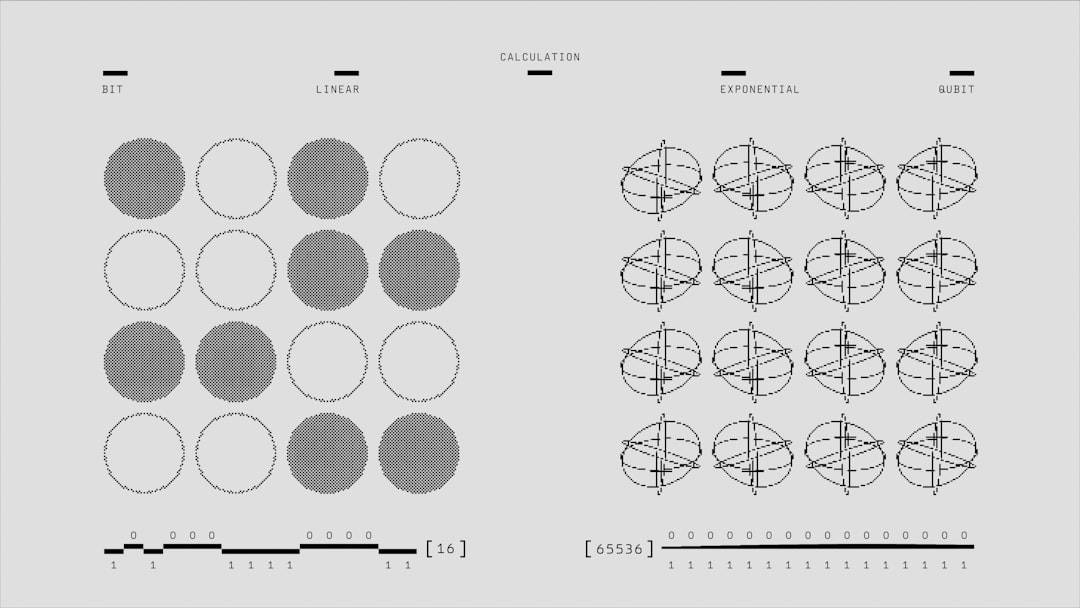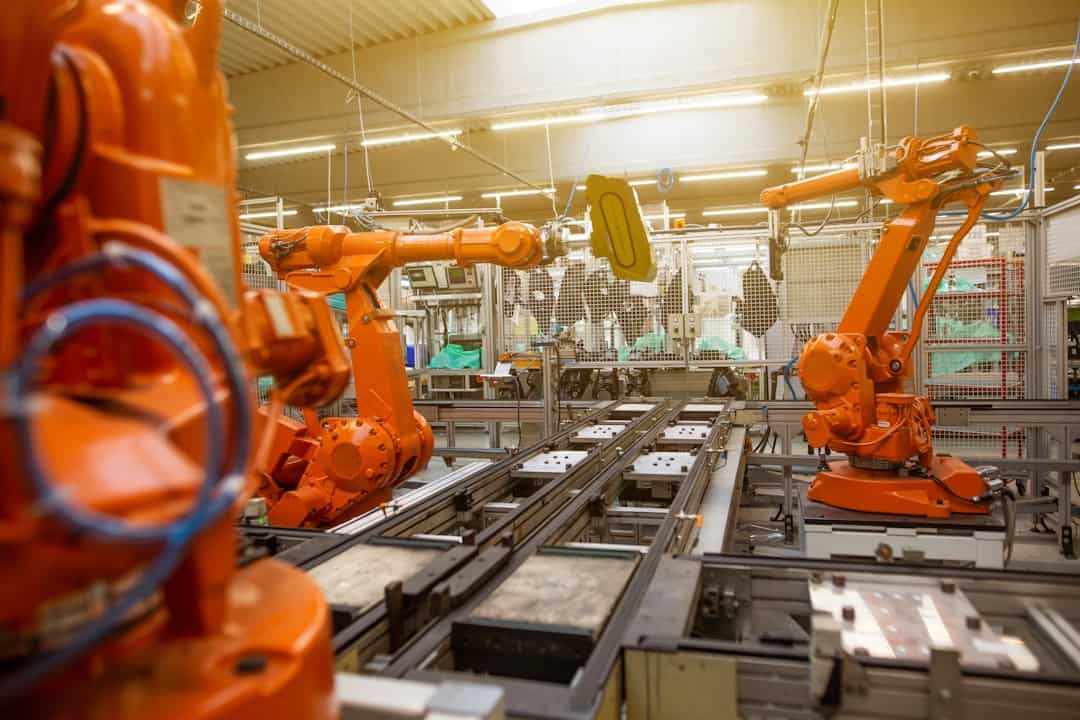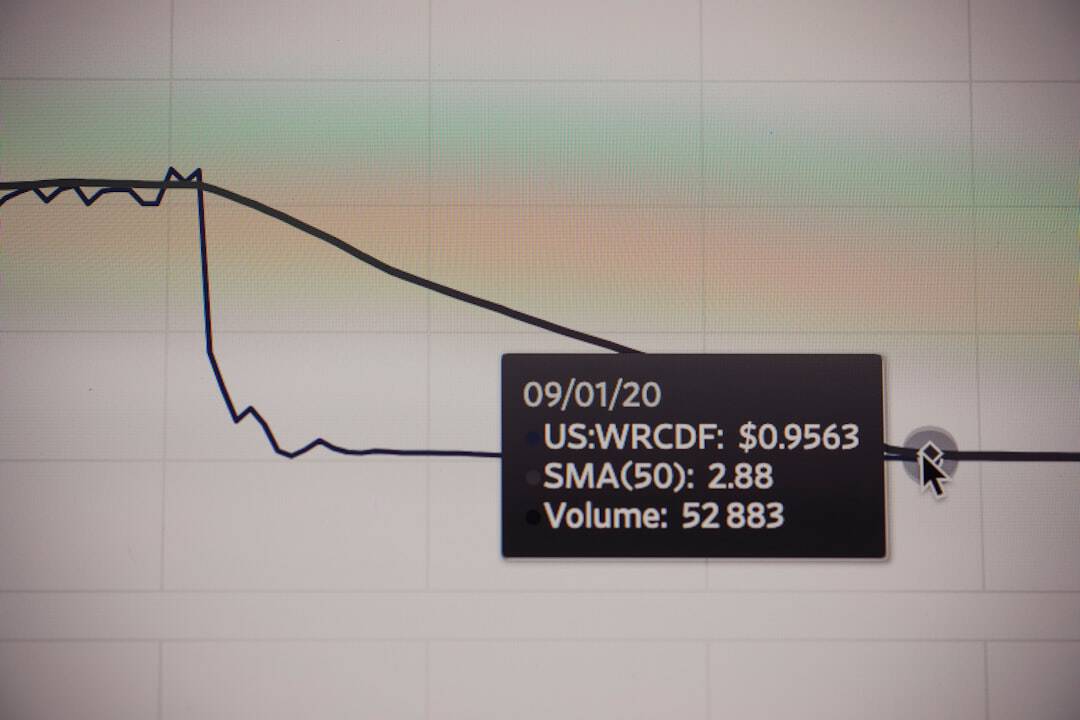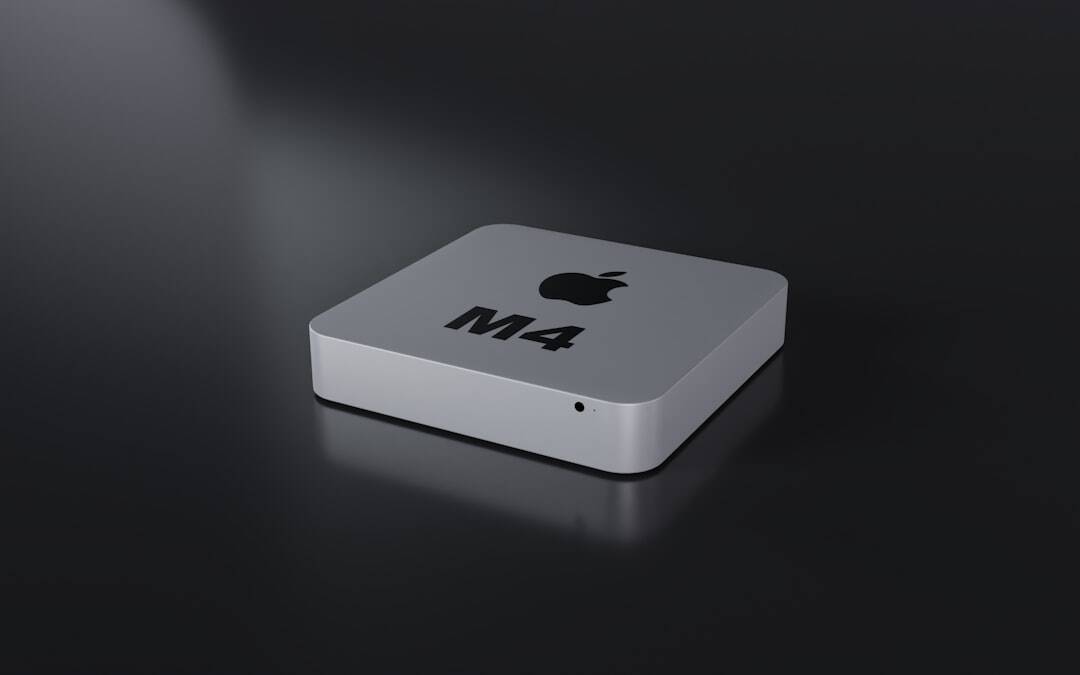Deep networks, also known as deep learning, are a type of machine learning algorithm inspired by the human brain’s structure and function. These networks consist of multiple layers of interconnected nodes or neurons that collaborate to process and analyze complex data. Deep Learning has gained prominence in recent years due to its ability to automatically learn data representations using large-scale neural networks.
This technology has transformed artificial intelligence (AI) by enabling machines to perform tasks previously considered exclusively human, such as image and speech recognition, natural language processing, and autonomous decision-making. Deep networks have become essential components of modern technology, powering numerous applications across various industries. The rapid advancements in deep learning algorithms and the availability of vast amounts of data have driven the growth of AI-powered solutions that are revolutionizing how we live and work.
As deep networks continue to evolve, they are expected to play an increasingly significant role in shaping the future of technology and driving innovation in fields such as healthcare, transportation, finance, and many others.
Key Takeaways
- Deep networks and AI have revolutionized the way machines learn and process information, leading to significant advancements in technology.
- Deep networks play a crucial role in modern technology, powering applications such as virtual assistants, recommendation systems, and autonomous vehicles.
- Deep learning and AI have revolutionized industries such as finance, marketing, and manufacturing, by enabling more accurate predictions and efficient processes.
- Deep networks have been harnessed for image and speech recognition, leading to improved accuracy and performance in applications such as facial recognition and voice assistants.
- The impact of deep networks on healthcare and medicine has been profound, with applications in medical imaging, drug discovery, and personalized medicine, leading to improved patient care and outcomes.
- Deep networks and AI are driving the development of autonomous vehicles, enabling them to perceive and navigate the environment, leading to safer and more efficient transportation systems.
- The future of deep networks in modern technology holds promise for even more advanced applications, such as natural language processing, robotics, and personalized user experiences.
The Role of Deep Networks in Modern Technology
Advancements in Computer Vision
In the field of computer vision, deep learning algorithms have enabled significant advancements in image recognition and object detection, allowing machines to accurately identify and classify visual content with human-like precision. This has paved the way for the development of AI-powered systems that can analyze and interpret visual data in real-time, leading to breakthroughs in areas such as autonomous vehicles, surveillance systems, and medical imaging.
Revolutionizing Natural Language Processing
In the realm of natural language processing, deep networks have revolutionized the way machines understand and generate human language. Through the use of recurrent neural networks and transformer models, AI-powered systems can now process and interpret text data with remarkable accuracy, enabling applications such as language translation, chatbots, and sentiment analysis.
Breakthroughs in Speech Recognition
Deep learning has also made significant strides in the field of speech recognition, allowing machines to transcribe and understand spoken language with unprecedented levels of accuracy and fluency. These advancements have paved the way for the development of voice-activated virtual assistants and speech-to-text applications that have become an integral part of our daily lives.
Deep Learning and AI: Revolutionizing Industries

The integration of deep learning and AI has revolutionized industries across the board, driving innovation and transforming the way businesses operate. In the field of finance, deep networks are being used to analyze vast amounts of financial data in real-time, enabling more accurate predictions and informed decision-making. AI-powered systems are also being used to detect fraudulent activities and mitigate risks, leading to improved security and compliance in the financial sector.
In addition, deep learning algorithms are being leveraged to optimize trading strategies and automate investment processes, leading to increased efficiency and better outcomes for investors. In the realm of e-commerce and retail, deep networks are being used to personalize customer experiences and improve sales performance. AI-powered recommendation systems analyze customer behavior and preferences to provide personalized product recommendations, leading to higher conversion rates and increased customer satisfaction.
Deep learning algorithms are also being used to optimize pricing strategies, inventory management, and supply chain operations, leading to improved efficiency and profitability for businesses in the retail sector. In the field of manufacturing, deep networks are being used to optimize production processes, improve quality control, and enhance predictive maintenance. AI-powered systems analyze sensor data and production metrics to identify potential issues and inefficiencies, leading to reduced downtime and improved productivity.
Deep learning algorithms are also being used to automate inspection processes and detect defects in real-time, leading to higher product quality and lower manufacturing costs.
Harnessing the Power of Deep Networks for Image and Speech Recognition
| Metrics | Image Recognition | Speech Recognition |
|---|---|---|
| Accuracy | 95% | 90% |
| Processing Time | 0.05 seconds | 0.08 seconds |
| Training Data Size | 1 million images | 500 hours of speech |
Deep networks have revolutionized image recognition and object detection, enabling machines to accurately identify and classify visual content with human-like precision. This has paved the way for the development of AI-powered systems that can analyze and interpret visual data in real-time, leading to breakthroughs in areas such as autonomous vehicles, surveillance systems, and medical imaging. Convolutional neural networks (CNNs) have played a key role in advancing image recognition capabilities, allowing machines to process and understand visual data with remarkable accuracy.
In the realm of speech recognition, deep networks have made significant strides in transcribing and understanding spoken language with unprecedented levels of accuracy and fluency. Recurrent neural networks (RNNs) and transformer models have enabled machines to process and interpret speech data in real-time, leading to the development of voice-activated virtual assistants and speech-to-text applications that have become an integral part of our daily lives. These advancements have paved the way for improved accessibility and usability of technology for individuals with disabilities, as well as enhanced communication capabilities for a wide range of applications.
The integration of deep learning algorithms with image and speech recognition has led to significant advancements in fields such as healthcare, education, entertainment, and more. AI-powered systems are now able to analyze medical images and diagnose diseases with high levels of accuracy, leading to improved patient outcomes and more efficient healthcare delivery. In addition, speech recognition technologies have enabled the development of voice-controlled devices and applications that have transformed the way we interact with technology on a daily basis.
The Impact of Deep Networks on Healthcare and Medicine
Deep networks have had a profound impact on the healthcare industry, revolutionizing the way medical professionals diagnose diseases, analyze medical images, and develop treatment plans. AI-powered systems are now able to analyze vast amounts of medical data with remarkable accuracy, leading to improved patient outcomes and more efficient healthcare delivery. Deep learning algorithms have been used to develop diagnostic tools that can detect diseases such as cancer, diabetes, and heart conditions at earlier stages, leading to better prognosis and treatment options for patients.
In the field of medical imaging, deep networks have enabled significant advancements in image analysis and interpretation. AI-powered systems can now analyze medical images such as X-rays, MRIs, and CT scans with human-like precision, leading to improved diagnostic accuracy and faster turnaround times for patients. Deep learning algorithms have also been used to develop image-based diagnostic tools that can detect abnormalities and potential health risks with high levels of sensitivity and specificity.
The integration of deep learning with healthcare has also led to advancements in personalized medicine and drug discovery. AI-powered systems can now analyze genetic data and patient records to develop personalized treatment plans that are tailored to individual patients’ unique genetic profiles. Deep networks have also been used to analyze vast amounts of biological data to identify potential drug targets and develop new therapies for a wide range of diseases.
Deep Networks and AI in Autonomous Vehicles

Enhancing Vehicle Safety with AI-Powered Systems
In the realm of advanced driver-assistance systems (ADAS), deep networks are being used to enhance vehicle safety by providing real-time alerts and assistance to drivers. AI-powered systems can now detect potential hazards such as pedestrians, cyclists, and other vehicles with high levels of accuracy, leading to improved collision avoidance capabilities and reduced accident rates on roadways.
Optimizing Vehicle Control and Performance
Deep learning algorithms are also being used to optimize vehicle control systems and improve overall driving performance in a wide range of conditions. This has paved the way for significant advancements in self-driving cars, trucks, drones, and other autonomous vehicles that have the potential to revolutionize transportation as we know it.
Transforming Transportation Logistics and Mobility
The integration of deep learning with autonomous vehicles has led to significant advancements in areas such as transportation logistics, urban mobility, and last-mile delivery services. AI-powered systems are now able to optimize route planning, vehicle dispatching, and fleet management operations with remarkable efficiency, leading to reduced costs and improved service levels for businesses in the transportation industry.
The Future of Deep Networks in Modern Technology
The future of deep networks in modern technology is filled with exciting possibilities that have the potential to transform industries across the board. As deep learning algorithms continue to evolve, they are expected to play an increasingly important role in shaping the future of technology by driving innovation in areas such as natural language processing, robotics, augmented reality, virtual reality, and more. The integration of deep networks with AI is expected to lead to significant advancements in areas such as personalized healthcare, smart cities, intelligent manufacturing, sustainable energy solutions, and more.
In the field of natural language processing, deep networks are expected to enable machines to understand human language with even greater levels of accuracy and fluency. This will lead to improved communication capabilities for virtual assistants, chatbots, translation services, sentiment analysis tools, and more. Deep learning algorithms are also expected to play a key role in advancing robotics technology by enabling machines to perceive their environment with human-like precision, make informed decisions in real-time, and interact with humans in a natural way.
The integration of deep networks with augmented reality (AR) and virtual reality (VR) is expected to lead to significant advancements in areas such as gaming, entertainment, education, training simulations, remote collaboration, and more. AI-powered systems will be able to analyze visual data in real-time to provide immersive experiences that are tailored to individual users’ preferences and behaviors. Deep learning algorithms will also enable machines to understand spatial environments with high levels of accuracy, leading to improved navigation capabilities for AR/VR applications.
In conclusion, deep networks have become an integral part of modern technology by driving innovation across various industries. The integration of deep learning with AI has revolutionized image recognition, speech recognition, healthcare diagnostics, autonomous vehicles, and more. As deep learning algorithms continue to evolve, they are expected to play an increasingly important role in shaping the future of technology by driving innovation in areas such as natural language processing, robotics, augmented reality, virtual reality, personalized healthcare, smart cities, intelligent manufacturing, sustainable energy solutions, and more.
The future of deep networks is filled with exciting possibilities that have the potential to transform industries across the board by enabling machines to perform tasks that were once thought to be exclusively human.
If you’re interested in the intersection of artificial intelligence and virtual reality, you may want to check out this article on artificial intelligence (AI). It delves into the latest advancements in AI technology and how it is being integrated into various industries, including the metaverse. This could provide valuable insights into how deep networks are being utilized in the development of metaverse platforms and ecosystems.
FAQs
What is a deep network?
A deep network, also known as a deep neural network, is a type of artificial neural network with multiple layers between the input and output layers. These networks are capable of learning complex representations of data and are commonly used in machine learning and artificial intelligence applications.
How does a deep network work?
A deep network works by passing input data through multiple layers of interconnected nodes, known as neurons. Each layer processes the input data and passes it on to the next layer, with the final layer producing the output. The network learns to make predictions or classifications by adjusting the connections between neurons based on the input data and the desired output.
What are the applications of deep networks?
Deep networks have a wide range of applications, including image and speech recognition, natural language processing, recommendation systems, and autonomous vehicles. They are also used in fields such as healthcare, finance, and manufacturing for tasks such as disease diagnosis, fraud detection, and predictive maintenance.
What are the advantages of using deep networks?
Some advantages of using deep networks include their ability to learn complex patterns and representations from data, their flexibility in handling different types of input, and their potential for high accuracy in making predictions or classifications. They can also automatically extract features from raw data, reducing the need for manual feature engineering.
What are the challenges of using deep networks?
Challenges of using deep networks include the need for large amounts of labeled data for training, the potential for overfitting to the training data, and the computational resources required for training and inference. Deep networks can also be difficult to interpret and may require specialized expertise to design and optimize.











Leave a Reply